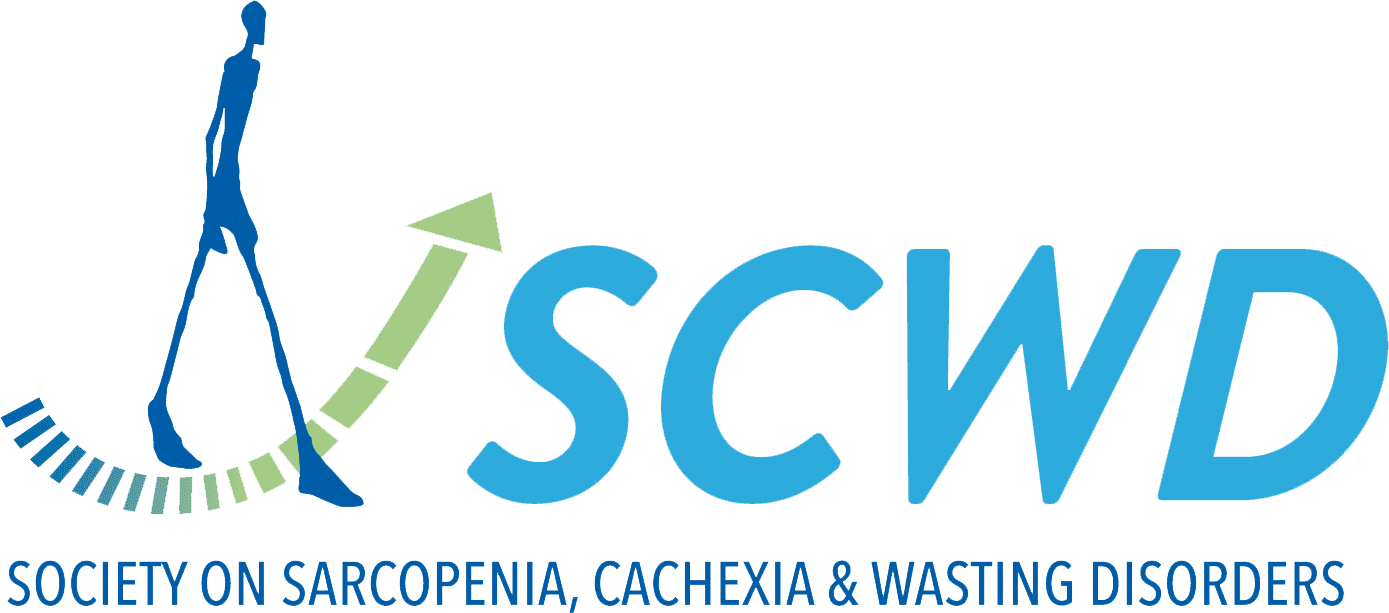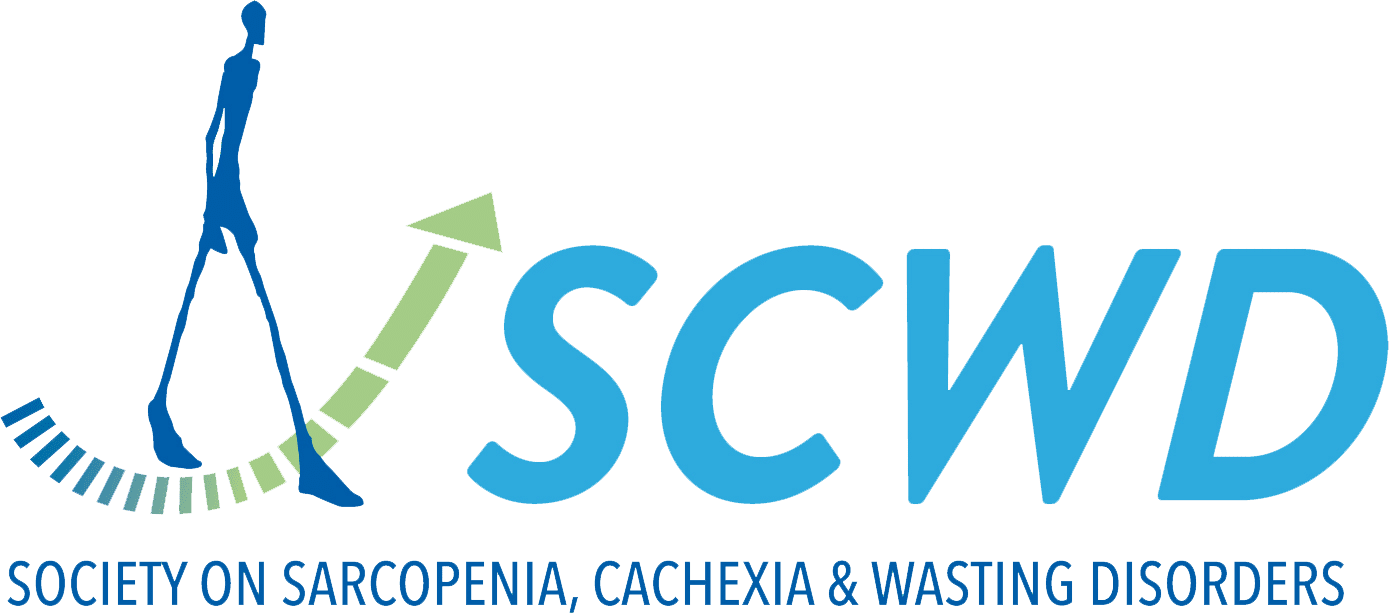Sarcopenia, unpreparedness, and the developing world: an urgent concern?
Article: Is age-related sarcopenia a real concern for my developing country?
Muscle strength has recently been defined as sarcopenia’s main component by the revised European Working Group in Sarcopenia for Older People (EWGSOP2). This shift from muscle mass to strength has had transformative implications within clinical practice and has greatly facilitated sarcopenia’s diagnostic process. Despite this trailblazing consensus, sarcopenia remains an issue of growing concern throughout high-income countries (HICs). Although low- and middle-income countries (LMICs) are disproportionately affected by the threat of sarcopenia, their care providers and healthcare systems seem to be the least prepared to tackle it.
The aim of this article is to expose the state of sarcopenia awareness and management in LMICs. It further proposes solutions to prepare the developing world for this growing concern.
Key learnings:
Sarcopenia has the potential to become a serious health concern globally and particularly throughout the developing world. Rapid increases in directly affected LMIC populations pose a significant threat to national healthcare systems. To date, most studies regarding sarcopenia provide little to no data on LMIC populations and are often conducted in Caucasian patients from HICs)-. Despite this, the prevalence of both fall-related injuries and defining components of sarcopenia (i.e., lower grip strength and gait speed) is higher in LMICs. To address this issue of unpreparedness in these countries, sarcopenia must be clearly articulated as a condition with potentially life-threatening effects. The EWGSOP2 guidelines must be disseminated in a simplified and practical manner, with simple posters illustrating the diagnostic process step-by-step being placed in every primary healthcare setting. Sarcopenia’s nutritional treatments (i.e., planned diets) must also be emphasised throughout the developing world.
Reviewed by: S. Duarte
Authors: Boshnjaku A
Published in: Journal of Cachexia, Sarcopenia and Muscle 2022


